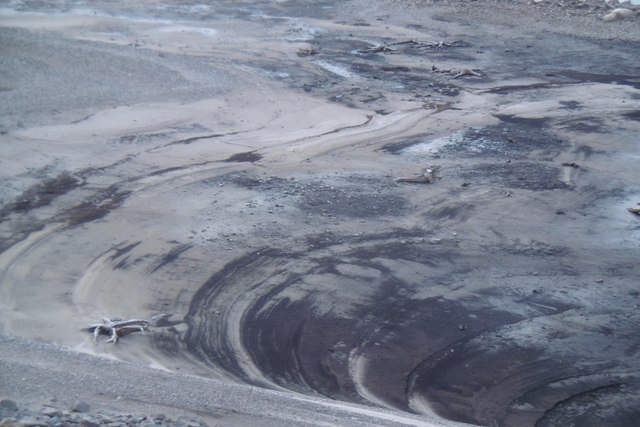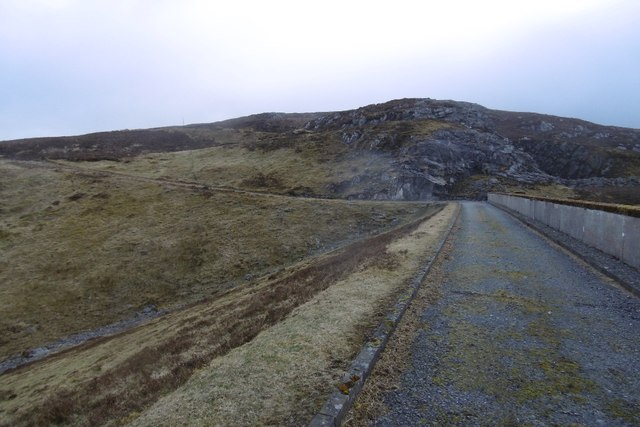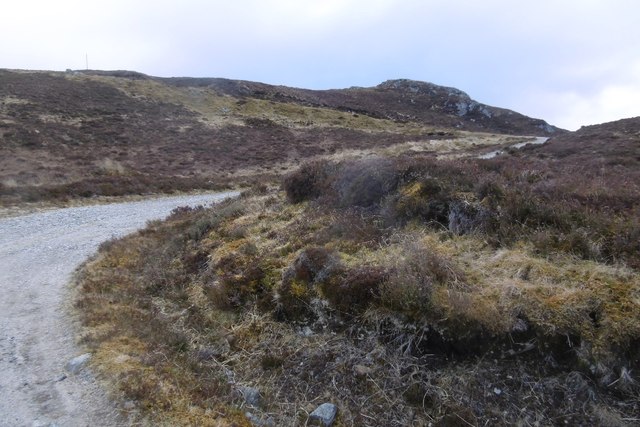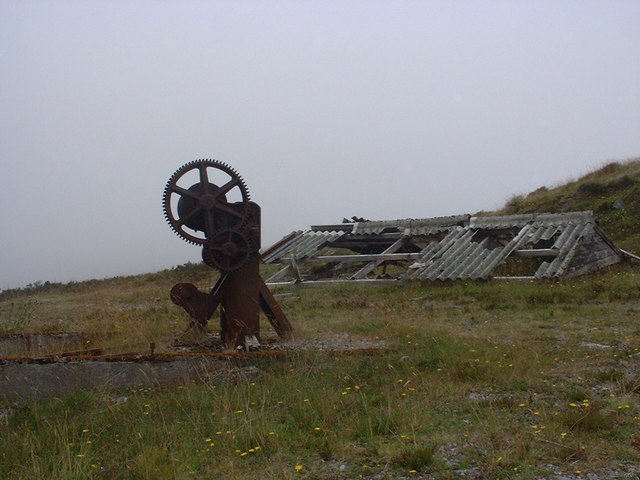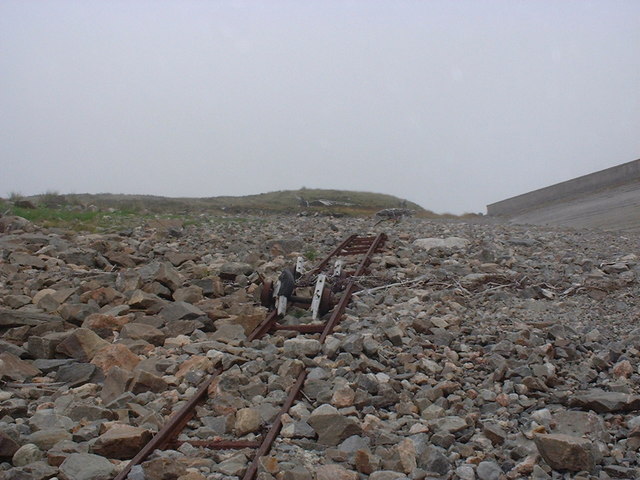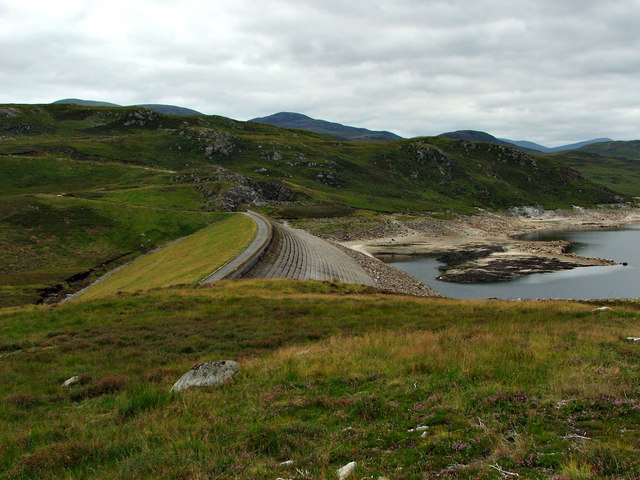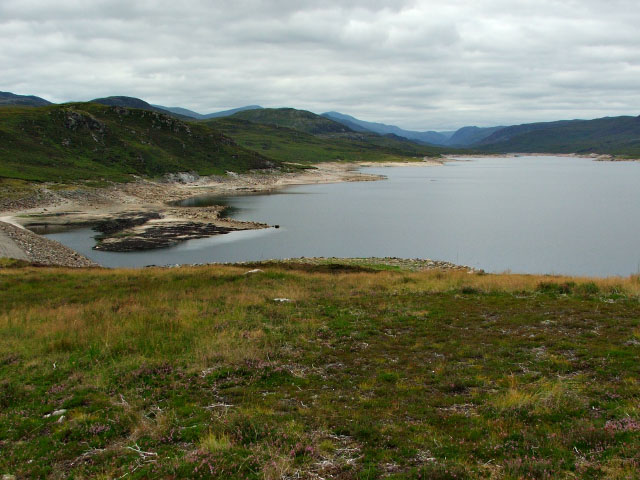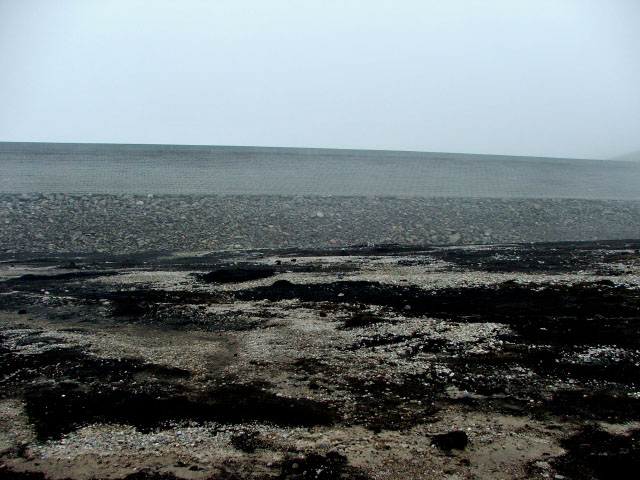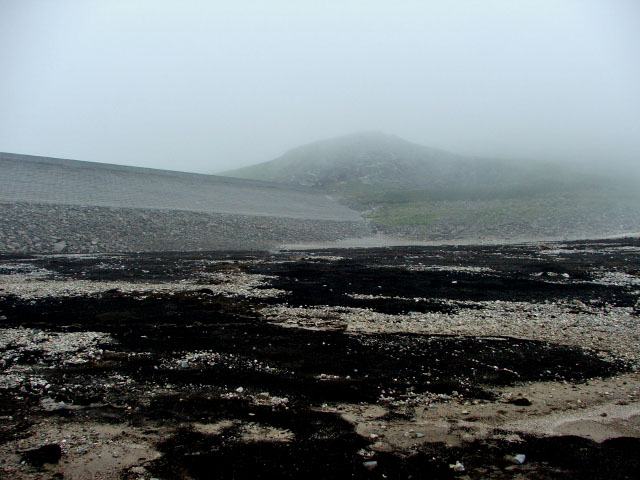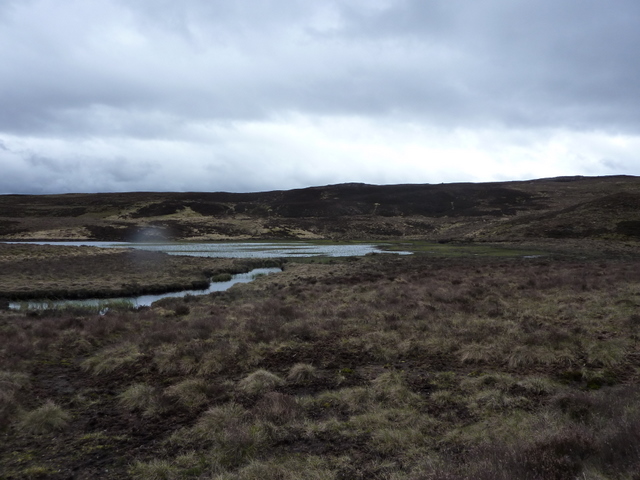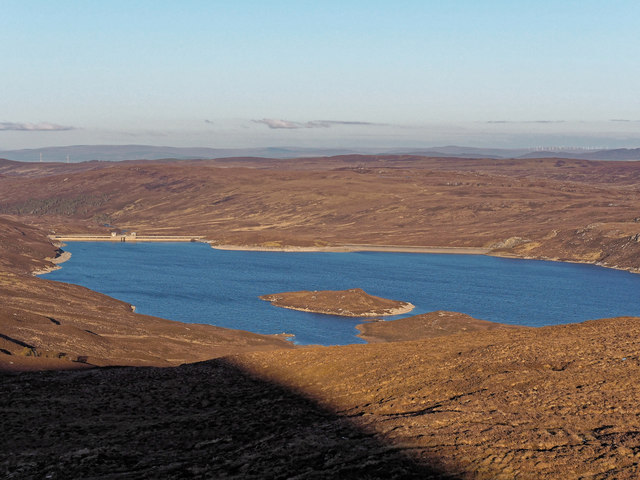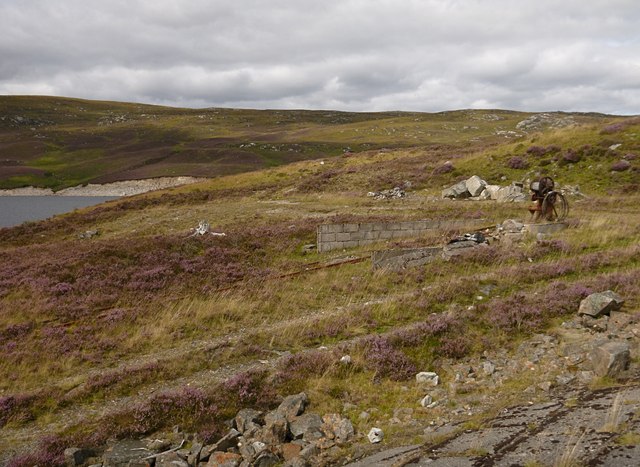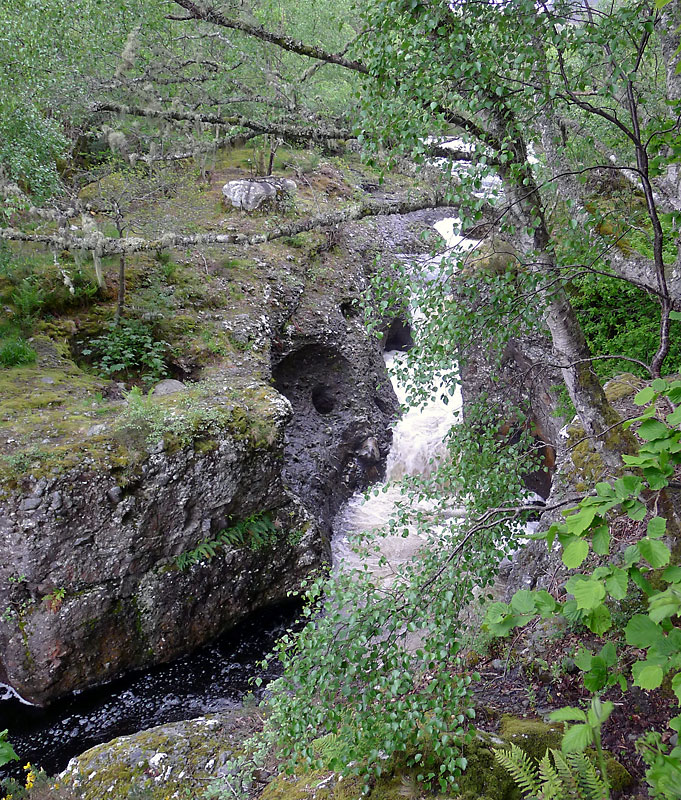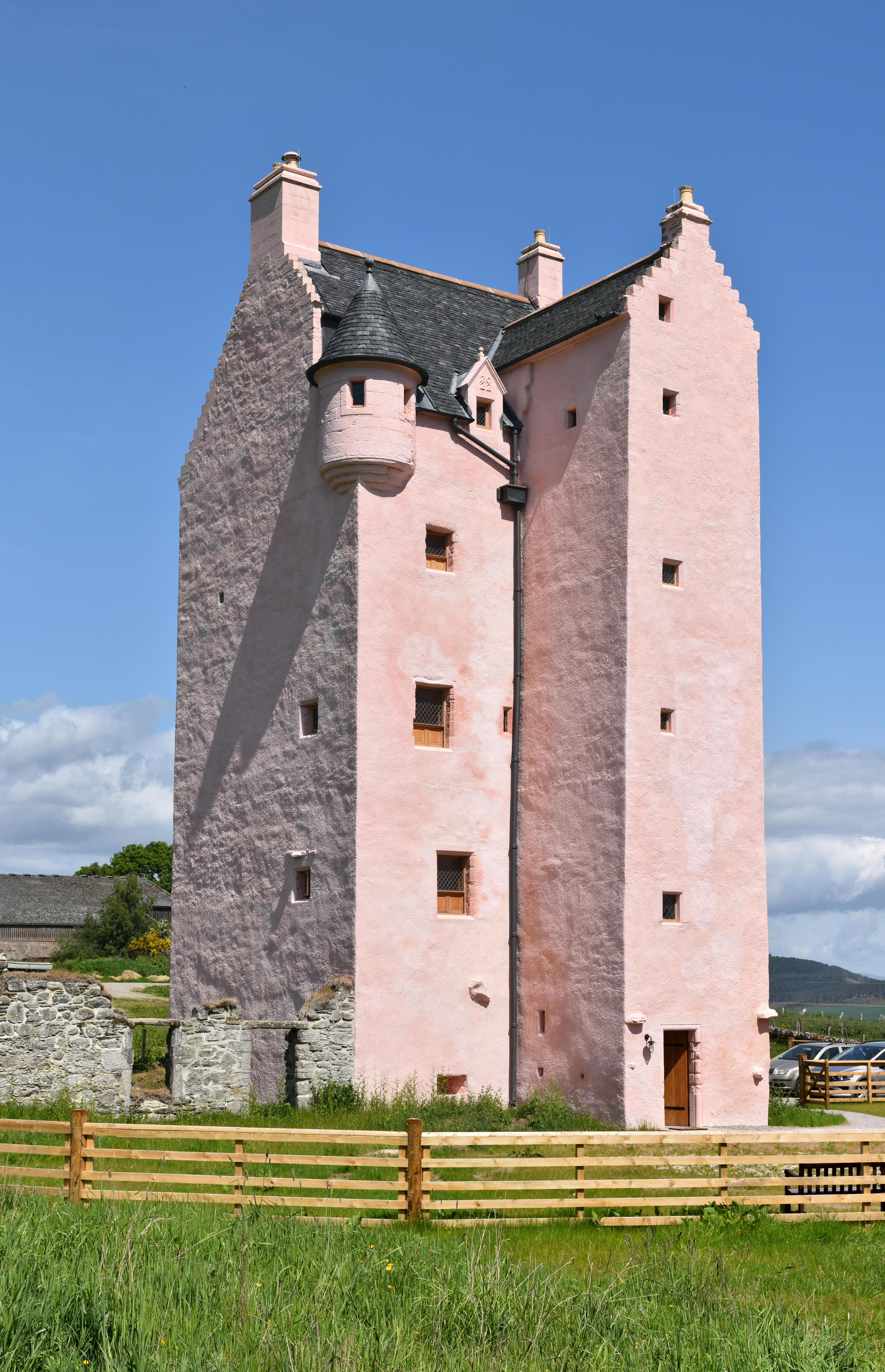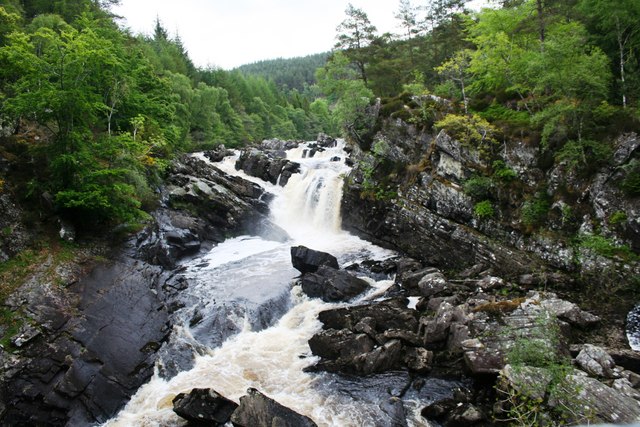Sròn nan Saobhaidh
Landscape Feature in Ross-shire
Scotland
Sròn nan Saobhaidh
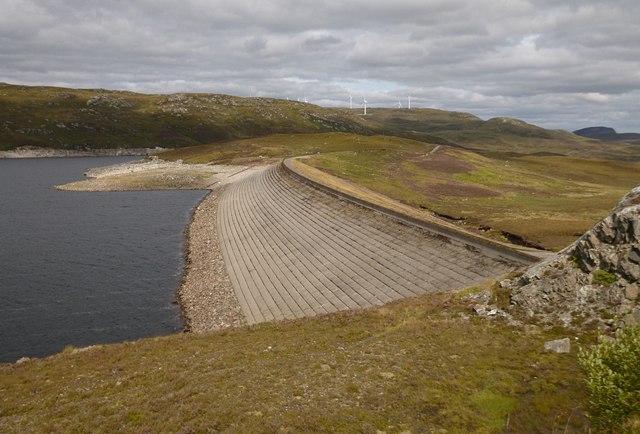
Sròn nan Saobhaidh is a prominent landscape feature located in Ross-shire, Scotland. Situated in the Northwest Highlands, it is part of the larger mountain range known as the Torridon Hills. The name "Sròn nan Saobhaidh" translates to "Nose of the Storms" in Gaelic, reflecting the challenging and dynamic weather conditions often experienced in this rugged area.
This distinctive feature is characterized by its steep and craggy slopes, which rise dramatically from the surrounding landscape. The terrain is predominantly rocky and barren, with occasional patches of heather and grasses. The elevation of Sròn nan Saobhaidh reaches approximately 3,016 feet (919 meters) at its highest point, offering breathtaking panoramic views of the surrounding peaks and glens.
The mountain is known for its challenging hiking trails and attracts experienced mountaineers and outdoor enthusiasts seeking adventure. Its remote location and exposed nature make it both a thrilling and demanding experience for those who attempt to conquer its slopes.
The landscape surrounding Sròn nan Saobhaidh is characterized by its wild and untamed beauty. The mountain overlooks Loch Maree, one of Scotland's largest freshwater lochs, which adds to the picturesque scenery. The area is also home to a diverse range of wildlife, including red deer, golden eagles, and rare plant species, adding to its ecological significance.
Overall, Sròn nan Saobhaidh is a striking landscape feature that exemplifies the rugged beauty of the Scottish Highlands. Its challenging terrain, stunning views, and rich biodiversity make it a captivating destination for nature lovers and outdoor adventurers alike.
If you have any feedback on the listing, please let us know in the comments section below.
Sròn nan Saobhaidh Images
Images are sourced within 2km of 57.524887/-4.6635253 or Grid Reference NH4051. Thanks to Geograph Open Source API. All images are credited.

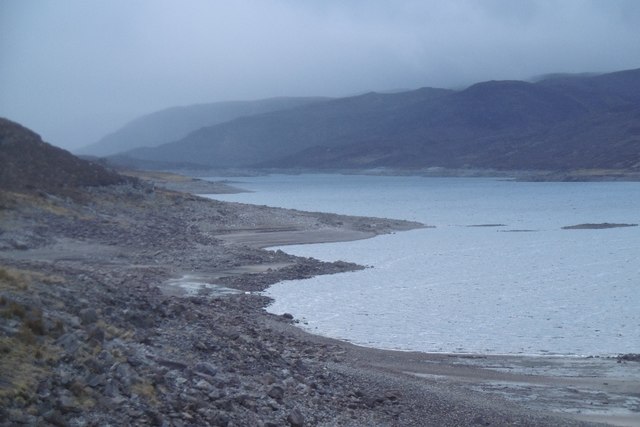
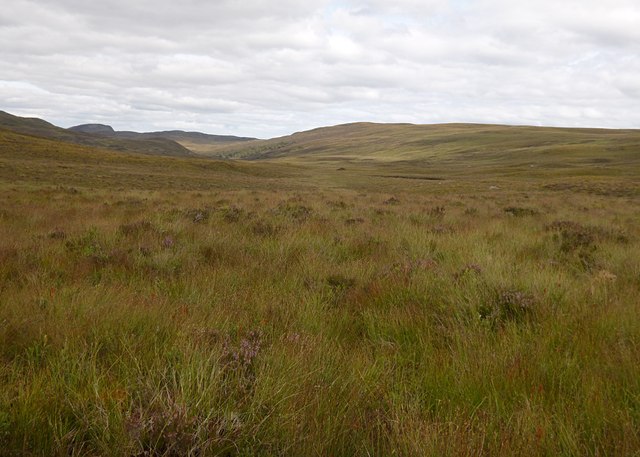
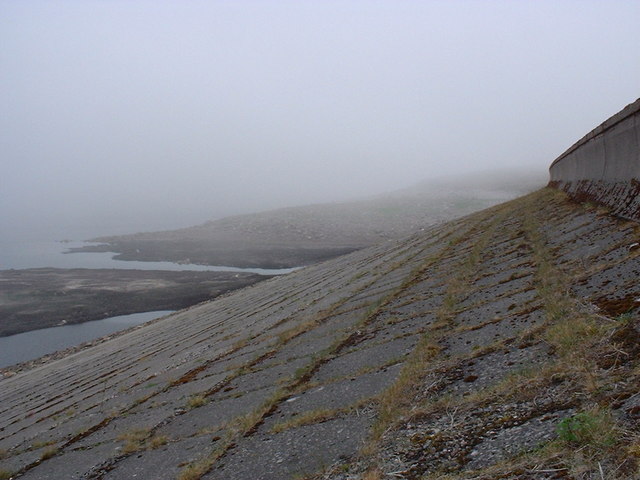
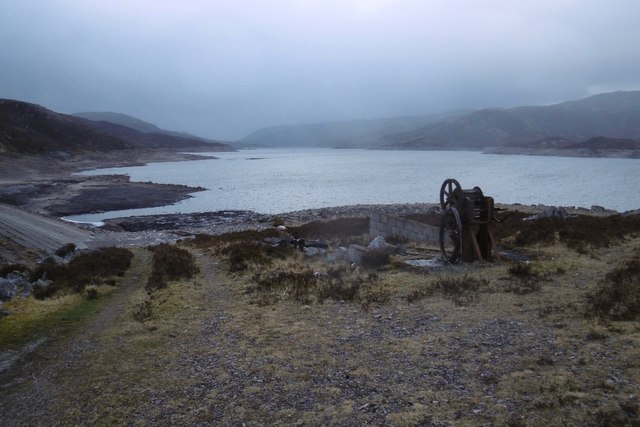
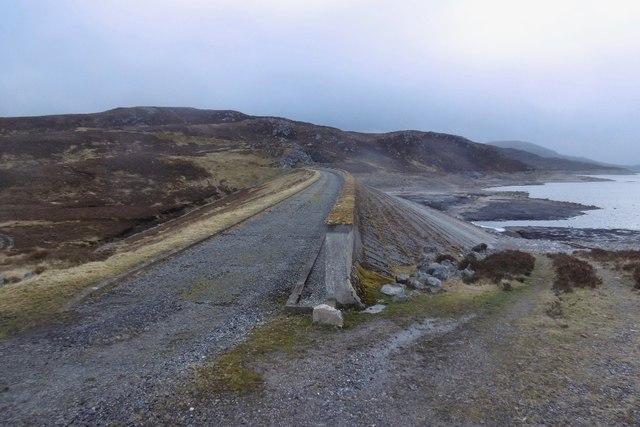
Sròn nan Saobhaidh is located at Grid Ref: NH4051 (Lat: 57.524887, Lng: -4.6635253)
Unitary Authority: Highland
Police Authority: Highlands and Islands
What 3 Words
///hence.swept.players. Near Strathpeffer, Highland
Nearby Locations
Related Wikis
Loch Achilty
Loch Achilty is a large picturesque lowland freshwater loch set within a sloping birch and oakwood forest, and located near to Contin in Ross-shire, Scottish...
Falls of Orrin
Falls of Orrin is a waterfall on the River Orrin, in the Highlands of Scotland. == See also == Waterfalls of Scotland == References ==
Fairburn Tower
Fairburn Tower is a recently restored Scottish castle near Inverness and Muir of Ord in the parish of Urray. The tower house on a hill above the River...
Contin Island
Contin Island is an inhabited riverine islet in Ross and Cromarty within the Highland council area of Scotland. Located in the Black Water, a tributary...
Contin
Contin (Gaelic: Cunndainn) is a Ross-shire village, and a civil parish and community council area between Strathpeffer and Garve in the Highland council...
Marybank
Marybank is a small village in Ross-shire, Scottish Highlands and is in the Scottish council area of Highland. The village of Muir of Ord lies 3 miles...
Black Water (Conon)
The Black Water (Scottish Gaelic: An t-Alltan Dubh) is a river in the Highlands of Scotland. It begins at the confluence of the Glascarnoch River with...
Rogie Falls
Rogie Falls (Gaelic: Eas Rothagaidh) are a series of waterfalls on the Black Water, a river in Ross-shire in the Highlands of Scotland. The falls are about...
Have you been to Sròn nan Saobhaidh?
Leave your review of Sròn nan Saobhaidh below (or comments, questions and feedback).
